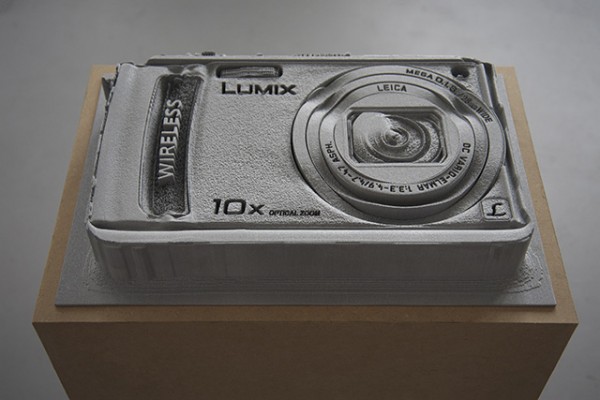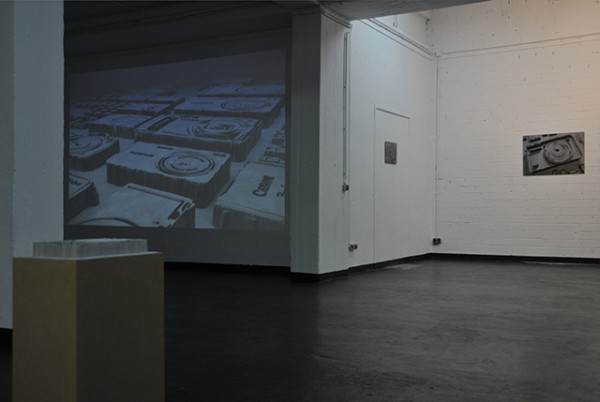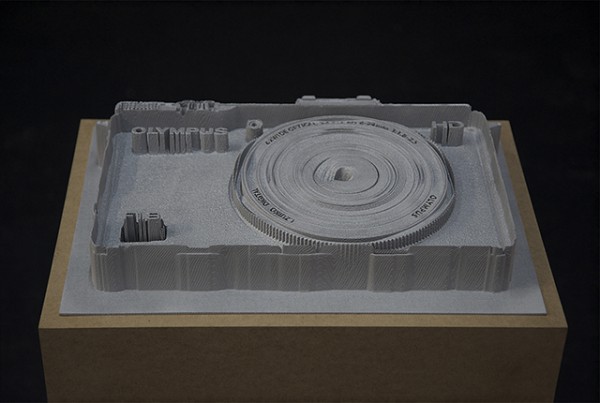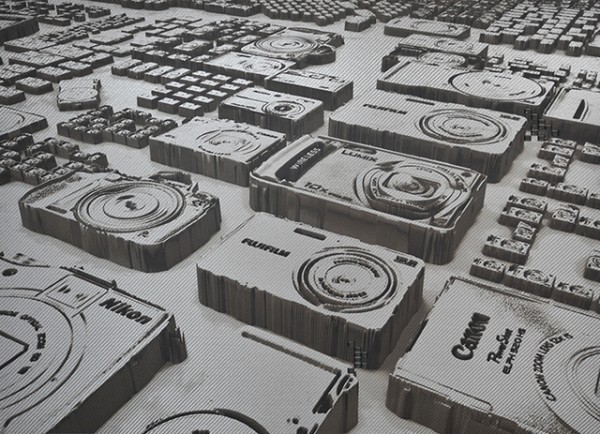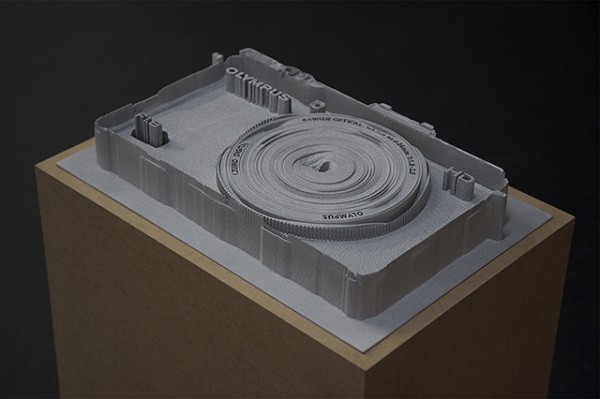Spiros Hadjidjanos
Wednesday, 10 April 2013
Work from Displacement Maps
“Displacement Maps is an investigation on the derivatives of digital images as physical objects. These derivatives demonstrate the relation between a digital object and its potential mutations as a configurative relation between reformatted variations of spatiotemporal structures.
Using a rendering of Masdar City, a planned urban environment, designed from scratch–currently in construction–in the desert of the United Arab Emirates by Foster+Partners architects, as a blueprint, the artist reconstructs the entire city as an animation using hundreds of extruded images of compact digital cameras found online. Low-resolution images are mixed with high-resolution images, all extruded. The images of the cameras and the process of their acquisition reflect on the current state of digital image production with references to symbolism in architectural form.
The artist explores the potentiality of the digital image over actuality. The mutable digital object is r¬egarded as an object of anticipation and its material transformation as an object of reminiscence providing us with a view of the world that can ultimately be mathematized. An electronic object encompasses aspects that are transformative in a perpetual awaiting state and determines phenomenologically, the emergence of temporality and spatiality itself.
Displacement maps is an inquiry aligned to an aesthetic scientific naturalism regarding the ontology of the digital. With UV prints on carbon-fiber plates, a 3D print and an animation Hadjidjanos demonstrates that the difference between a digital file and its direct physical manifestation is a difference in their essence, yet they have interconnected structures.
The title of the show is drawn from the displacement mapping technique, a process found in 3D software that adds real surface detail to objects in three-dimensional space by using two-dimensional gray-scale images. The process explicitly demonstrates that numerical representations of digital objects do not have a singular identity but instead they can exist in numerous variations.” –von cirne
